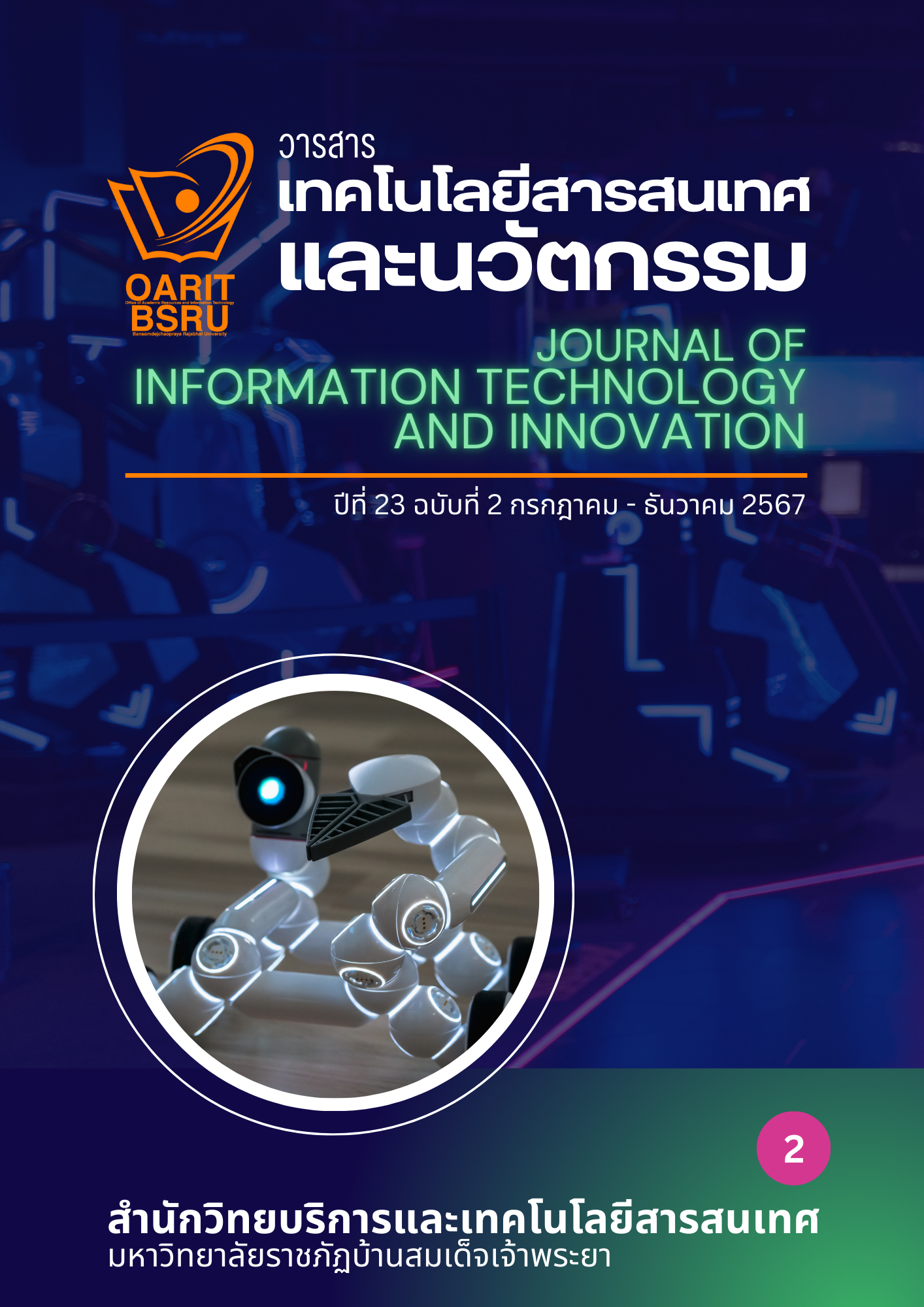Graduate Costume Designer Qualification Exit Examination System of Colleges and Universities in Jiangxi
Keywords:
Graduate costume designer, College students' employment ability, Qualification exit examination, Fashion designerAbstract
The purposes of this research were to: 1) To study the requirements of qualification in the career for a fashion designer for higher education fashion design majors. 2) To develop a qualification examination system for costume designer graduates of costume design majors in colleges and universities. The study yielded 50 valid samples from 153 populations. In the process of questionnaire distribution, some questionnaires may not have been answered. To ensure the accuracy of the sample, we selected more than 15% of the total which includes large, medium, and small enterprises for the interview and questionnaire survey for the ability requirements of fashion design professional fashion designers. The interviewees in this interview are from enterprise HR in Zhejiang, Guangdong, Jiangsu, Hunan, Guizhou, Fujian, and other provinces. They must have the following qualifications: they need to have work experience in the garment industry, more than three years of working experience in human resource management, and strong professional ability. The results show that the professional Competency Assessments, (1) Academic Qualifications and Certifications, (2) Skills and Type, cut and structure, (3) ability requirement of clothing designers includes six elements: (4) Industry-Specific Tests, (5) Business and marketing skills, and (6) Knowledge, abilities, and qualities to be acquired by graduates.
References
Deng S. (2013). Research and practice on primary and intermediate vocational qualification training for garment design custom worker. (in Chinese) Science and Technology and the Enterprise. (13), 289. The doi: 10.13751 / j. carol Carroll ink. 2013.13.098
Du S. & Wang Y. (2008). Clothing question bank system based on logical array selection algorithm. Journal of Luohe Vocational and Technical College. (02),61-62. https://doi.CNKI:SUN:LHZJ.0.2008-02-028
Fu Q-Q. (2015). Key Factors Affecting the Creativity Generation of Fashion Designers. [Master's Thesis, Beijing Institute of Fashion Technology]. https://kns.cnki.net/ KCMS/detail/detail.aspx?dbname=CMFD201501&filename=1015514914.nh
Hillage, J., & Pollard, E. (1998). Employability: Developing a framework for policy analysis. Labour Market Trends. 107, 83-84.
Hou F. (2016). Research on Training Methods of Higher Vocational Fashion Design Talents under the Interaction of Art and Technology. [Doctoral Dissertation, China Academy of Art]. https://kns.cnki.net/KCMS/detail/detail.aspx?dbname= CDFDLAST2017& filename=1016262916.nh
Lei T. (2005). Thoughts on the employability and training defects of Normal College Students. Employment of Chinese College Students. (14), 63-64. https://doi.CNKI : SUNJIUY.0.200514-036
Li Y., Liu S., & Weng S. (2005). The impact of college students' employability on employment quality. Higher Education Exploration. (02), 91-93. https://doi.CNKI : SUN : GJTA.0.2005-02-029
Liao J. (2015). Research on the correlation between the cultivation of excellent fashion designers and market demand. Textile and garment education (05), 357-361. https://doi.10.13915/j.cnki.fzfzjy.2015.05.004
Lin W. & Luo S. (2021). A study on the employment status of Art Majors in Local Universities from the perspective of entrepreneurship and employment -- A Case Study of Fashion Design Majors. Western Leather. (13),19-20. https://doi.CNKI : SUN : XBPG.0.2021-13-013
Liu H. (2015). Exploration on the integration of vocational qualification of garment plate making. Career Time and Space. (11), 22-24+27. https://doi.CNKI:SUN:XZQJ.0.2015-11-008
Municipal Human Resources and Social Security Bureau, Shanghai. (2019). Policy interpretation of the measures for the qualification evaluation of intermediate professional and technical positions in the specialty of fashion design of Shanghai Arts and crafts series. Shanghai Municipal People's Government Gazette. (18), 29-30. https://doi.CNKI : SUN : SREZ.0.2019-18-012
Ren J. (2005). Some thoughts on improving college students' employability. Education and career. (06), 47-48. https://doi.CNKI : SUN : JYYZ.0.2005-06-023
Wang L. (2004). The countermeasures of fashion design to get-out of the misunderstanding of "aestheticism" -- talk about the reform of College Clothing Teaching. Journal of Suzhou Arts and Crafts Vocational Technical College. (03), 23-24. https://doi.CNKI : SUN : SZGZ.0.2004-03-011
Wang W. (2023). Strategies for improving academic education and vocational training system of textile and garment vocational continuing education under the background of skilled society construction. Chemical Fiber and Textile Technology. (09), 1-3. https://doi.CNKI : SUN : GDHQ.0.2023-09-001
Wang Y. (2005). Employability: an important aspect to promote the employment of college graduates. Educational Development Research. (07), 31-34. https://doi.CNKI : SU : SHGJ.0.200507-010
Xiao L. (2005). A brief discussion on the development and design Idea of the operating skill test bank for garment design customizers. Journal of Liuzhou Vocational and Technical College. (04), 114-116+124. https://doi.CNKI : SUN : LZJB.0.2005-04-027
Yu M. & Wang H. (2007). On the importance of board making and craft in fashion design. Vocational Technology. (16),62. doi:10.19552/j.cnki.issn1672-0601.2007.16.049
Zhang H. (2014). On the quality of fashion designers. Textile Industry and Technology. (03), 94-95. https://doi.CNKI : SUN : GXFZ.0.2014-03-034
Zhang L. (2021). Teaching discussion on effectively improving the employment competitiveness of fashion design graduates – A case study of fashion design department of Tangshan University. Textile Report, (02), 106-107. https://doi.CNKI : SUN : JSFA.0.2021-02-038
Zheng X. (2002). Employability. Journal of China Youth University for Political Studies. (03). 91-92. https://doi.10.16034/j.cnki.10-1318/c.2002.03.020
Zhou C. (2011). Competency Model Research of Chinese Native Fashion Designers [Master's Thesis, Dongbei University of Finance and Economics]. https://kns.cnki.net/KCMS/ detail/detail.aspx?dbname=CMFD2012&filename=1012305803.nh
Zhou Q. (2008). Comprehensive quality analysis of modern fashion designers. Chinese Market. (26), 68-69. https://doi.CNKI:SUN:SCZG.0.2008-26-037
Downloads
Published
How to Cite
Issue
Section
License
Copyright (c) 2024 Journal of Information Technology and Innovation

This work is licensed under a Creative Commons Attribution-NonCommercial-NoDerivatives 4.0 International License.
บทความ ข้อความ ภาพประกอบ และตารางประกอบที่ลงพิมพ์ในวารสารเป็นความคิดเห็นส่วนตัวของผู้นิพนธ์ กองบรรณาธิการไม่จำเป็นต้องเห็นตามเสมอไป และไม่มีส่วนรับผิดชอบใดๆ ถือเป็นความรับผิดชอบของผู้นิพนธ์เพียงผู้เดียว






